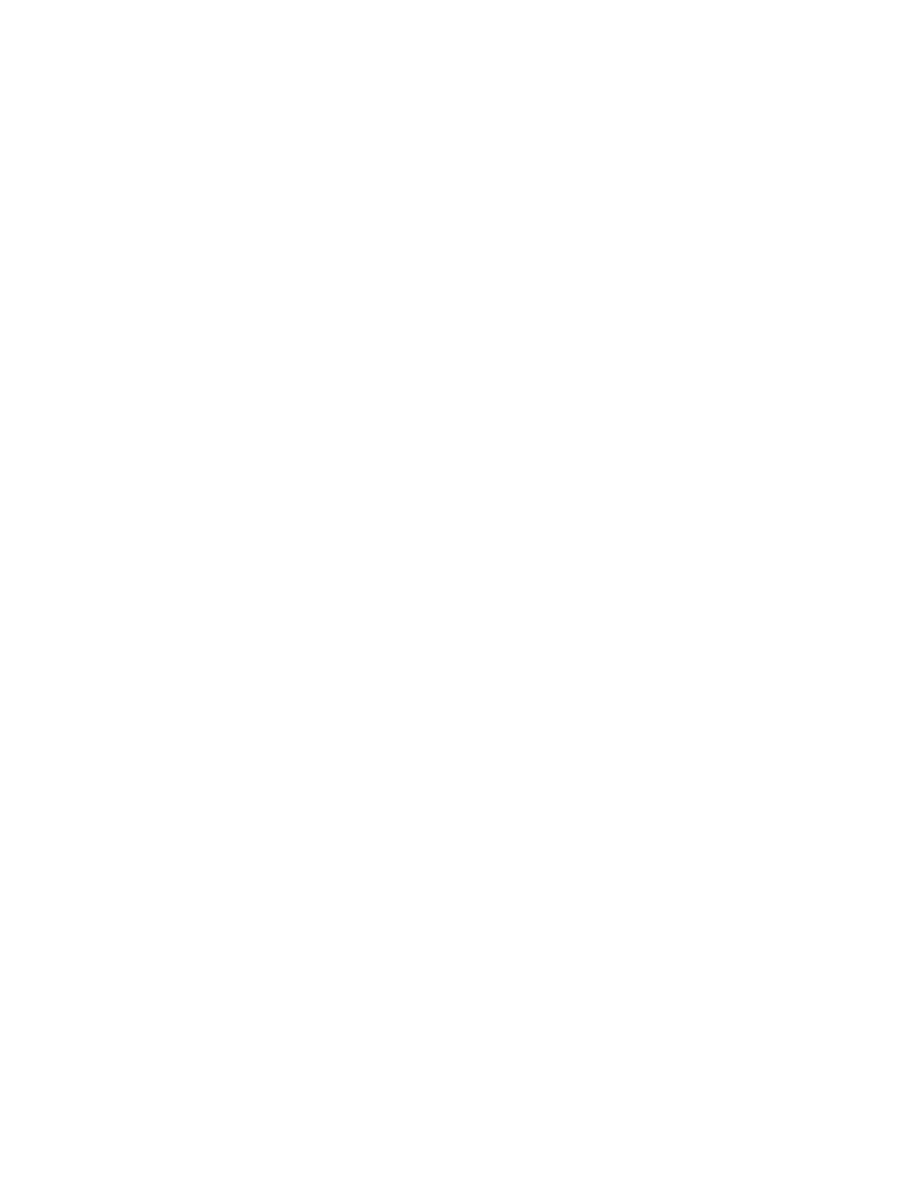
DOFMaster
for Windows
On-line
Depth of Field
Calculator
DOFMaster for Mobile Devices
On-line
Depth of Field
Table
Hyperfocal
Distance Chart
Articles
FAQ
Recommended
Books
Support
Contact
Links
Home
for Windows
On-line
Depth of Field
Calculator
DOFMaster for Mobile Devices
On-line
Depth of Field
Table
Hyperfocal
Distance Chart
Articles
FAQ
Recommended
Books
Support
Contact
Links
Home
As an Amazon Associate I earn from qualifying purchases.
![]()
for translating this information into useful exposure
data.
meter provides, no matter how much light is falling on
the subject or what the reflection characteristics are,
reads the subject the same as though it were middle or
a reflected-exposure meter reading from an 18-percent
gray card and expose your film according to the reading,
the result should be a picture that matches the tone of
the gray card exactly; however, when you take a light
meter reading of a white or black object, the light meter
still reads the objects as though they were 18-percent
gray.
where you take the light meter readings, they affect your
photograph; for example, when you take the light meter
the black as middle gray, and the gray and white cards
as white. When you take the reflected-light meter
reading from the white card, just the opposite occurs. In
gray, and the gray and black cards reproduce as black.
black card, the meter raised the black tone to middle
gray, and the gray card tone was also raised so it
reproduced as white. Thus both the black and gray cards
exposure was based on the reading from the white card.
The white tone was lowered to middle gray and the gray
card tone to black, resulting from underexposure. Only
a light meter reading taken from the gray card allows all
three cards to be imaged at their true tone.
example. Suppose you are going to photograph a ship
creates a brightness difference between the highlight
areas are equal in size and importance. When you get
close to the ship and take a reflected meter reading of
the highlight area alone, you expect the finished
photograph, like the white card in the above example, to
be middle gray. When you stop down the aperture to the
recommended exposure of the meter, you are also
This results in a loss of detail in the shadow area of the
ship, because it is underexposed. The opposite effect
occurs when you take a meter reading from the shadow
area. In this case, the shadow tones are raised to middle
gray and have detail, but the highlights are overexposed
and completely "washed out."
areas, you could use it to take your light meter reading
In this example, assume there is no tone midway
between the two extremes. You can still get an accurate
light meter reading of the entire ship. Since the highlight
and shadow areas are of equal size, the average light
meter reading you get will represent a tone that is
VARIATIONS
of scenes. These methods are as follows: the integrated,
or average, method, the brightness range method, the
substitution method, and the bracketing method.
integrated, or average, method. This method was used
and explained in the examples above. This method is
approximately equal portions of light and dark areas;
however, when a scene is composed of either
predominately light or dark areas, the meter reading may
not be accurate.
photographing a checkerboard with alternating
black-and-white squares. When the meter is held at a
distance to include the entire board, the reflected light
from both the black and the white squares influence the
from this position is the integrated sum of both the white
and the black squares, as though the checkerboard were
one gray tone. The light meter reading from this point
should produce an acceptable image.
Basic Photography Course

As an Amazon Associate I earn from qualifying purchases.
WWW.DOFMASTER.COM
© 2006 Don Fleming. All rights reserved.
© 2006 Don Fleming. All rights reserved.